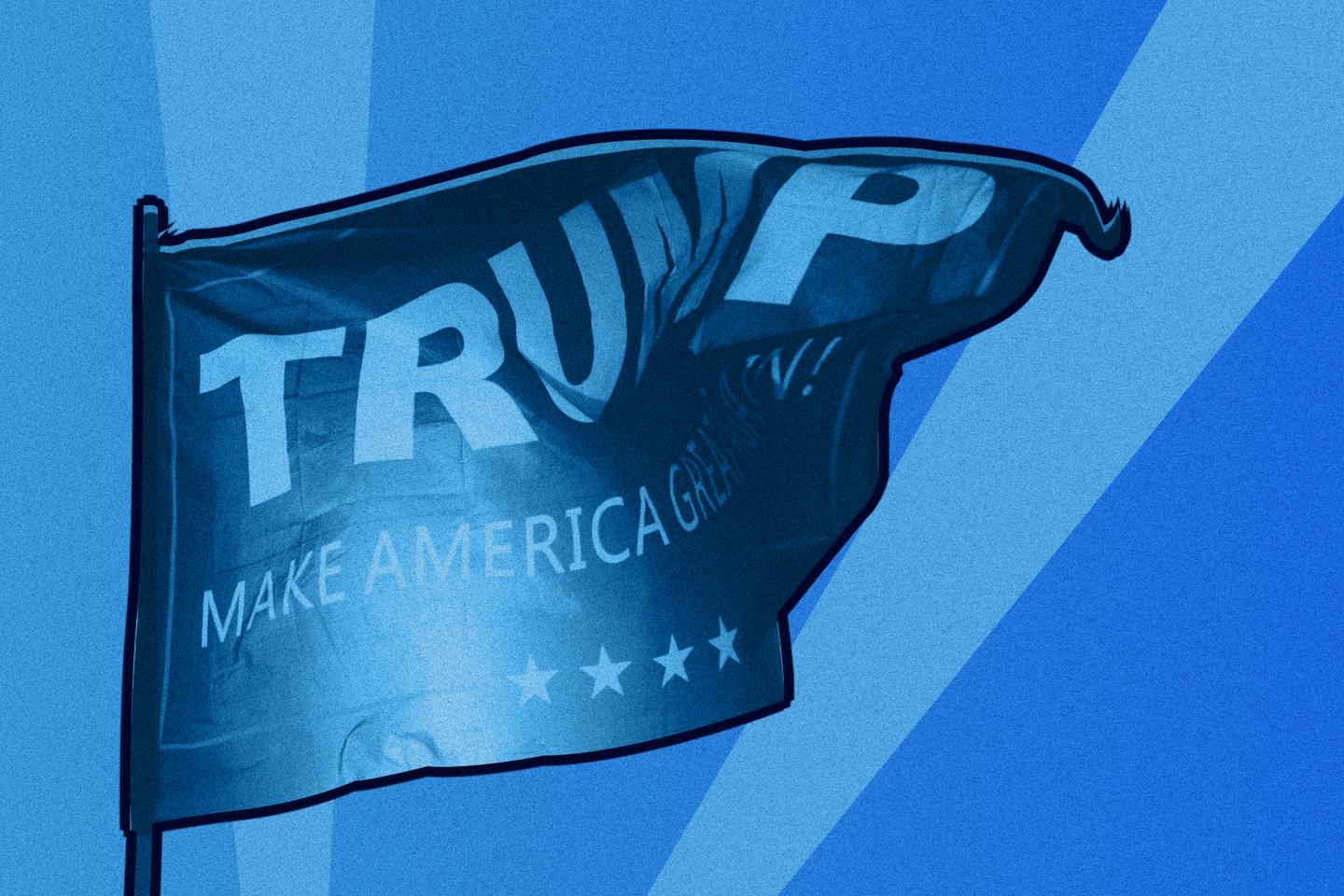


On Independence Day, July 4, 2025, President Donald Trump signed a massive new tax and spending bill into law. Officially called the One, Big, Beautiful, Bill (OBBB), the law was a major victory for his second administration, and signaled Trump's considerable consolidation of power. That said, the passage of the bill highlighted persistent political tensions within the American right.
Major cleavages persist within the Trump coalition, as highlighted by the controversy surrounding the White House's refusal to release the Epstein files, reignited by the explosive recent story published in the conservative Wall Street Journal about Trump's unsavory connections to the late, disgraced mogul, who died in 2019. Understanding these rifts is essential to assessing the future of the MAGA (Make America Great Again) movement. Trump's hold on the Grand Old Party (GOP)'s elites is also more complicated than the passing of the OBBB would indicate.
Since Trump's political rise in 2016, the world of American conservative elites has undergone a dramatic reconfiguration. His first victory led to a dramatic ideological shift in the upper echelons of the American conservative movement, and the rise of a new coalition of intellectuals known as the "New Right." Whereas the old conservative establishment stood for the "fusionist" trifecta of free-market economics, social traditionalism and anti-communism, and internationalism in foreign affairs, the New Right stands for nationalist economics, social traditionalism, isolationism and a crackdown on immigration.
Obvious tensions
Today, the old legacy of fusionism continues to influence American conservatism, fueling schisms in the GOP and within the New Right coalition. Many tech industry figures on the New Right, for example, were frustrated with Trump and JD Vance's new tariff regime. Elon Musk was a ferocious opponent of the OBBB, and at one point threatened to back alternative candidates in the Republican primaries against any member of the party who voted in favor of the bill.
You have 64.54% of this article left to read. The rest is for subscribers only.
